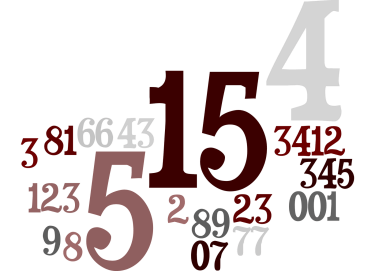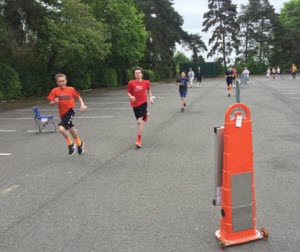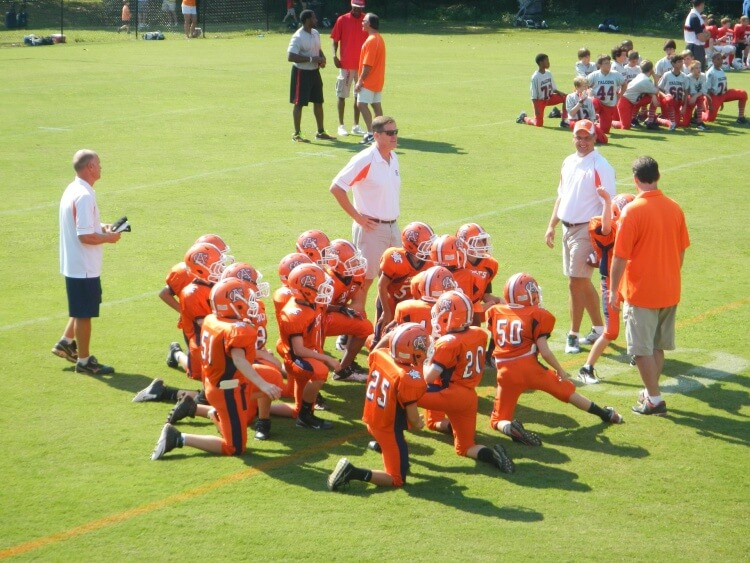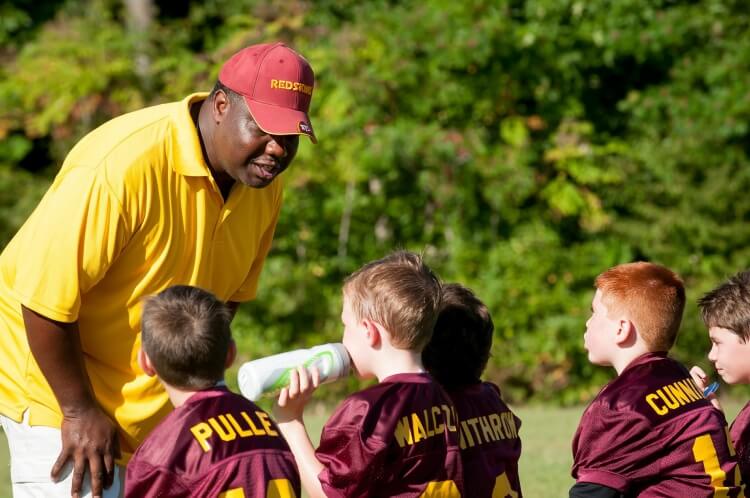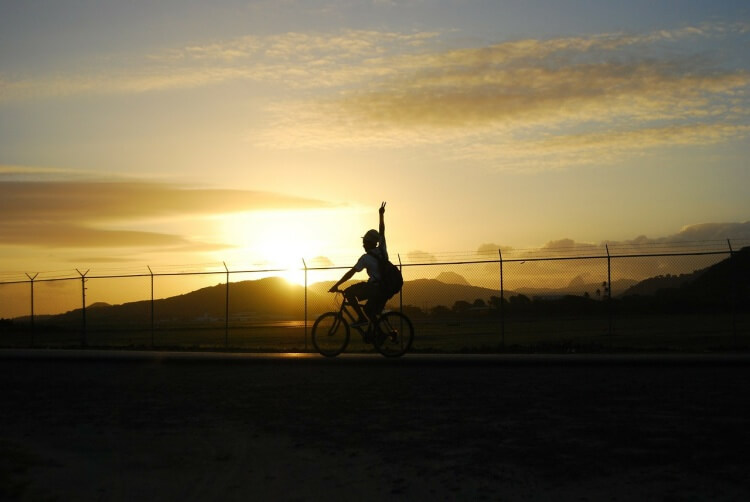(Editor’s Note: This is the first of a three-part series in which Angela shares the strategies that she has used to get her students physically active and healthy. Be sure to check back in the next issue to learn about additional strategies.)
According to the CDC, childhood obesity has more than doubled in children and quadrupled in adolescents in the past 30 years in the United States (CDC, 2015). SHAPE America’s recently announced 50 million strong by 2029 goal, provides health and physical educators with the unifying focus to get all kids in the United States healthy and physically active by the time currently-entering preschoolers graduate from high school in 2029. Although it may seem a lofty goal, I believe with determination, imagination, and a collaborative effort, as a profession we can and will succeed.
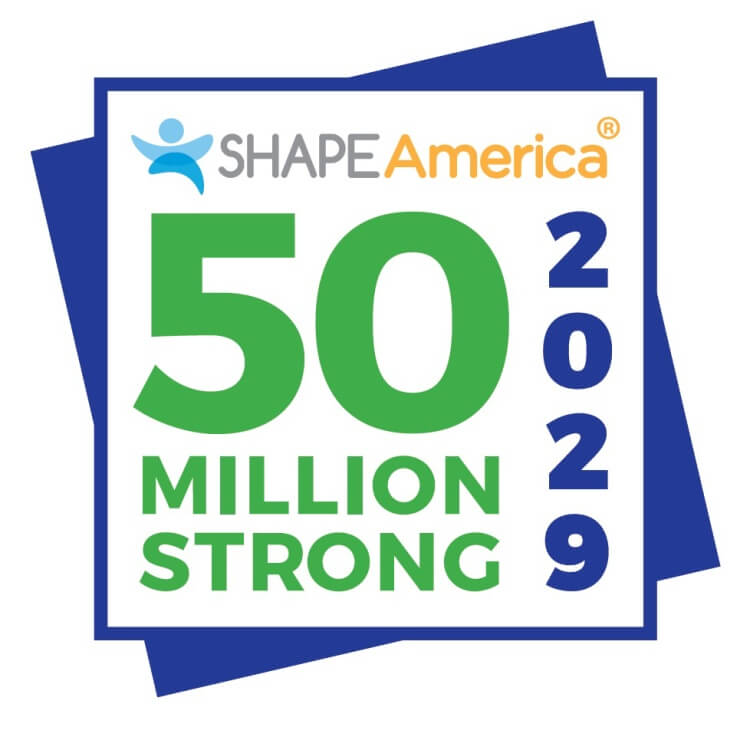
I have always appreciated a good challenge. SHAPE America’s 50 million strong goal dares me to dig deep and focus my efforts to reach a target that will change our profession. As an educator, I want to do my part. 50 million strong by 2029 provides hope and encouragement for those who want to see change.
